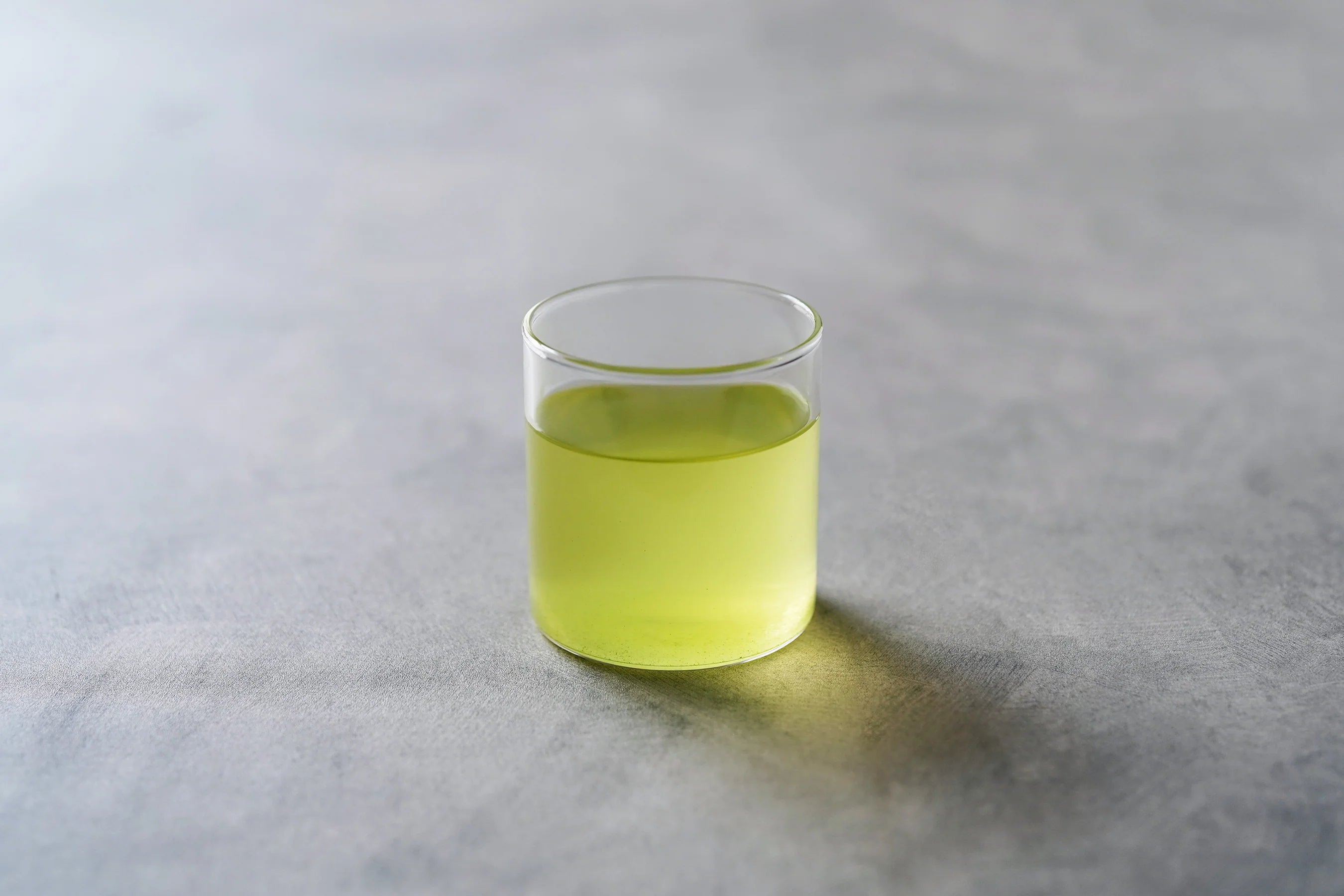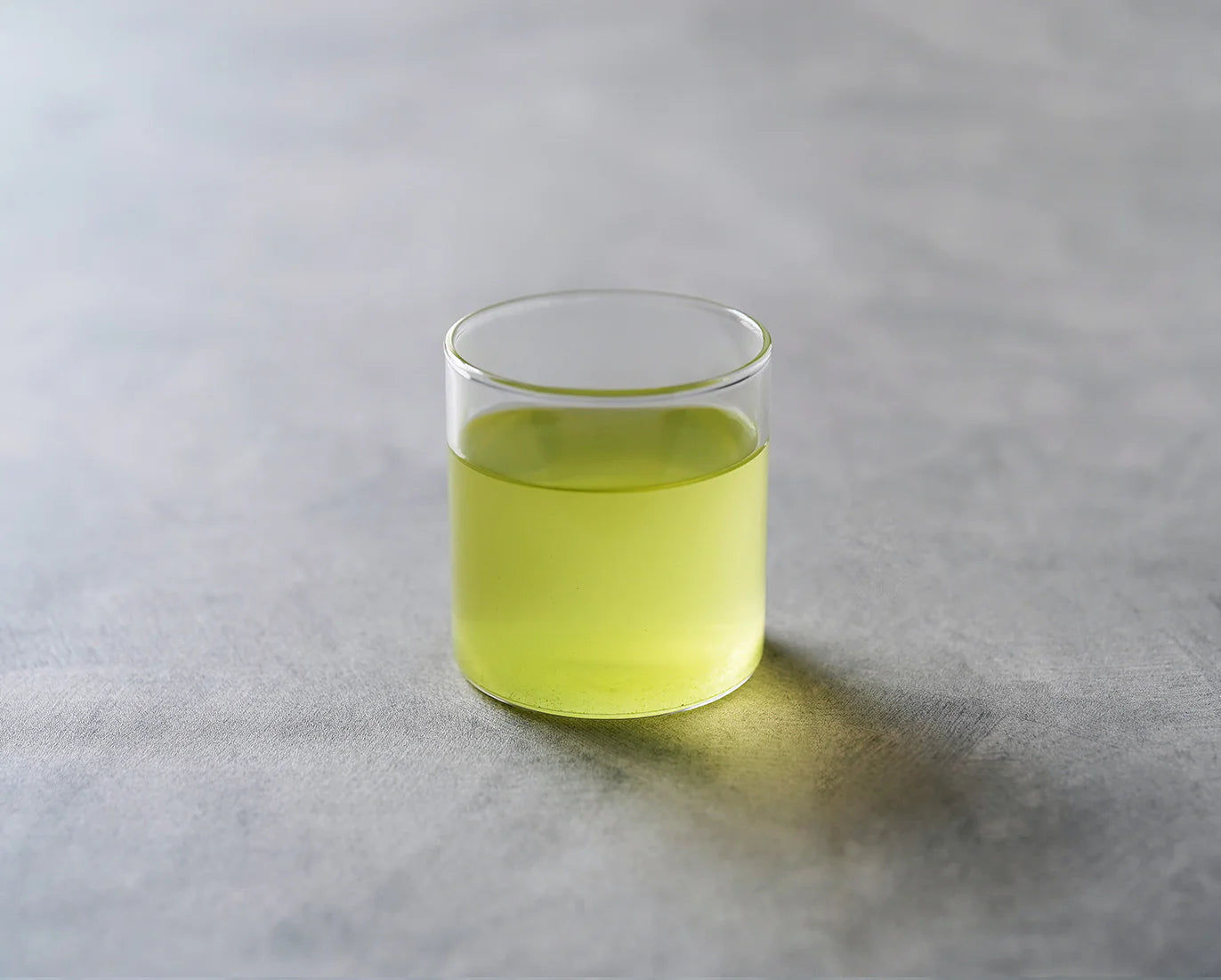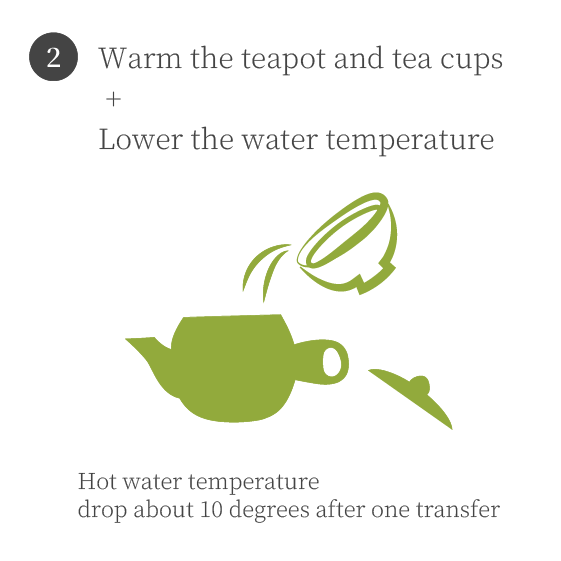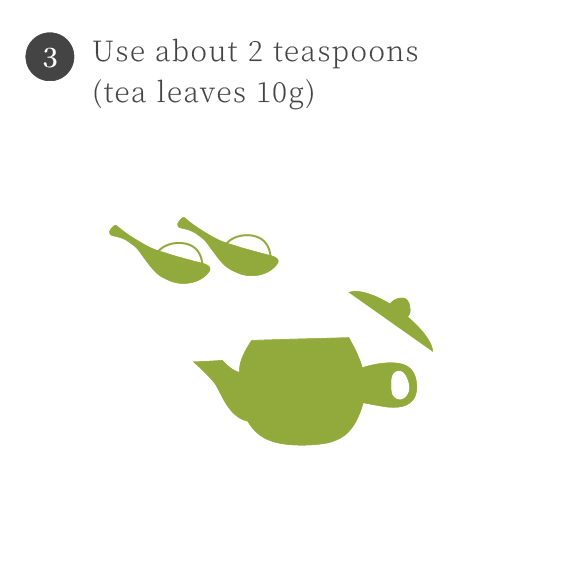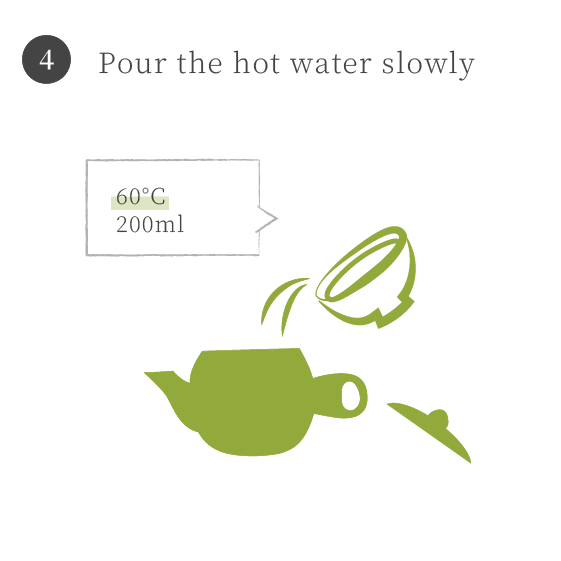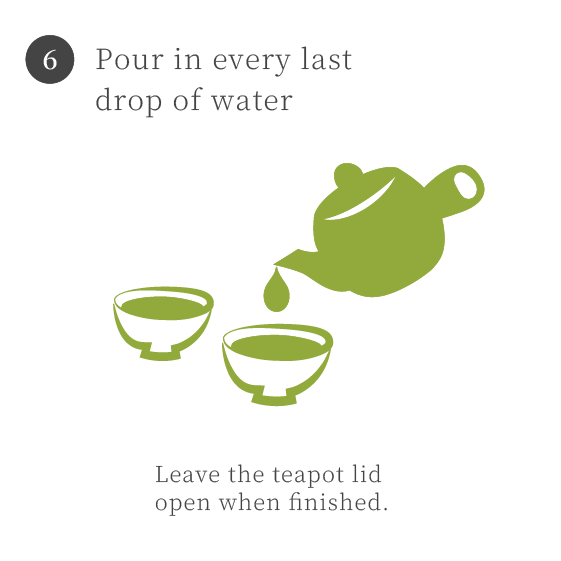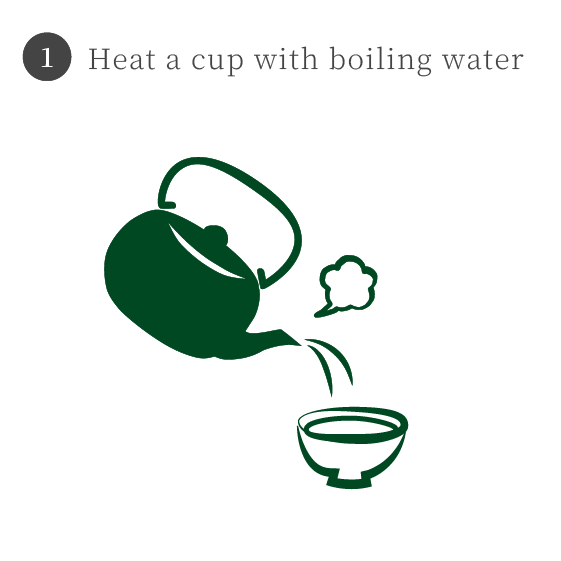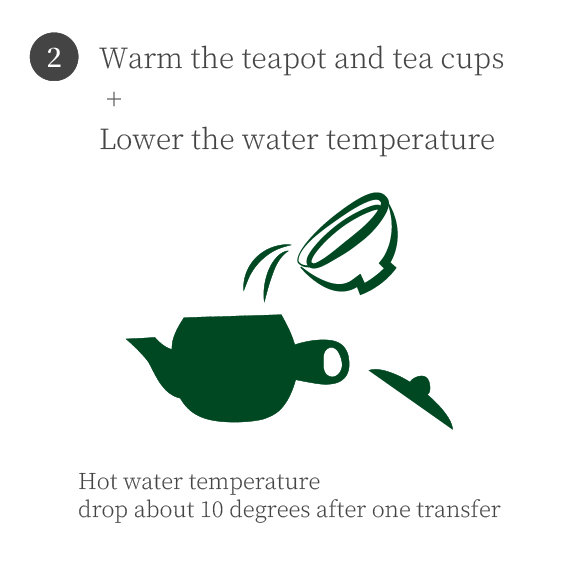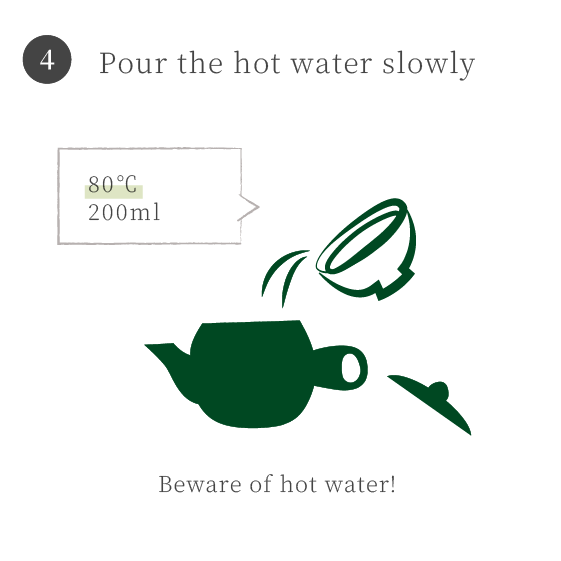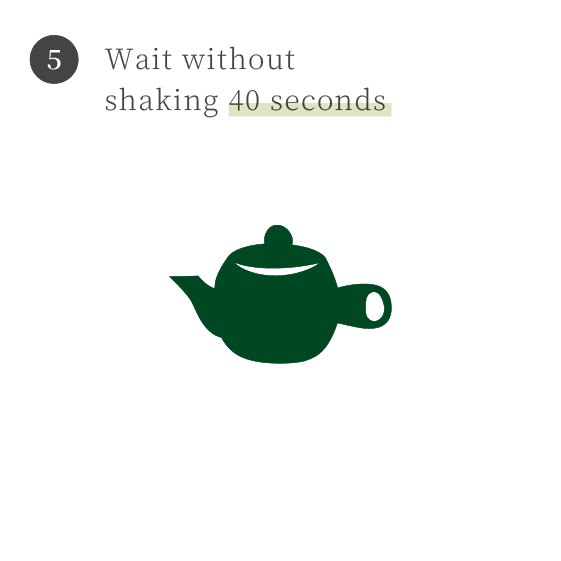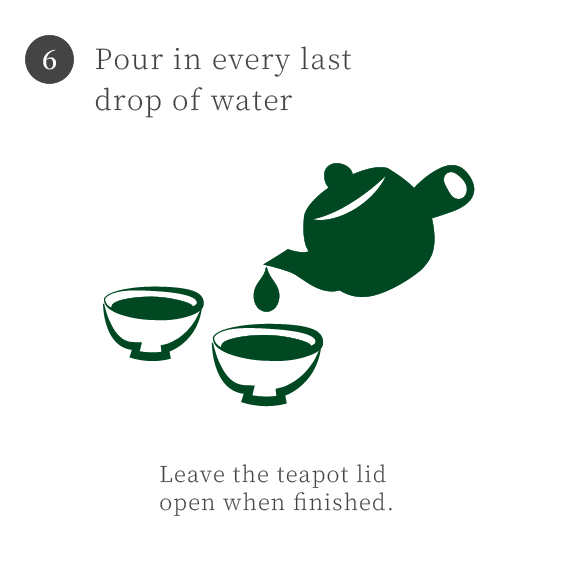Inexpensive kabusecha is similar to sencha, but higher-quality kabusecha is closer to gyokuro in flavor. You can adjust the taste of kabusecha to your preference by changing the brewing method, either highlighting its sweetness or enhancing its bitterness and astringency.
Kabusecha
What Is Kabusecha?
Kabusecha is a type of tea that falls between sencha and gyokuro. It is made by covering the tea plants while the sprouts grow, similar to gyokuro and tencha, but for a shorter period—7 to 10 days compared to the 20 days or more for gyokuro and tencha.
While kabusecha doesn’t have the deep sweetness and richness of gyokuro, it offers a milder flavor and is a good choice for those who prefer to avoid bitterness and astringency.
Quality Differences
sweetness
Mellow but not as deep or rich as gyokuro. The sweetness gently coats the tongue without being overly sweet.
The sweetness is mild, similar to sencha, and is less noticeable when brewed at higher temperatures.
umami
Subtle and mellow, with sweetness that gradually spreads across the mouth. It's light and easy to drink, though not very deep or rich.
The umami is faint, only barely noticeable after the sweetness, and not prominent.
bitter and astringent
Bitterness, astringency, and harshness fade away, resulting in a smooth and refined taste where bitterness and astringency vanish completely without lingering.
When brewed at a higher temperature, bitterness and astringency overshadow the sweetness. The astringency is more pronounced than the bitterness and has a sharp quality.
aroma
There is a mild, gentle kabuseka aroma, but it is not as pleasing as the oika aroma.
Simple and rough. Lacks depth and doesn’t spread across the palate. A strong, overpowering flavor dominates the other aromas.
colour
Glossy on the surface with a dark green color, not dull. The tea leaf is thick in the center and tapers off towards the edges.
Dry and lacking in gloss. Many leaves are flat and soft. Used tea leaves appear reddish and yellowish with noticeable leaf veins.
liquor colour
Emerald green with minimal redness. Slightly cloudy but not dull.
Reddish-yellow. Tea with noticeable redness or dark sediment at the bottom of the cup is not recommended.
How to Make Good Cups of Tea (for two)
When brewing green tea, its sweetness is more easily extracted with water at lower temperatures. Higher water temperatures release more bitterness and astringency. Kabusecha strikes a balance between sencha and gyokuro, offering a taste that is neither too bitter nor too sweet.
You can adjust the brewing temperature to match your mood, making it either more bitter and brisk or mellow and sweet.
How to bring out the sweetness
* After the second infusion, do not wait after pouring hot water, but pour it out.
How to bring out the bitterness
* After the second infusion, do not wait after pouring hot water, but pour it out.
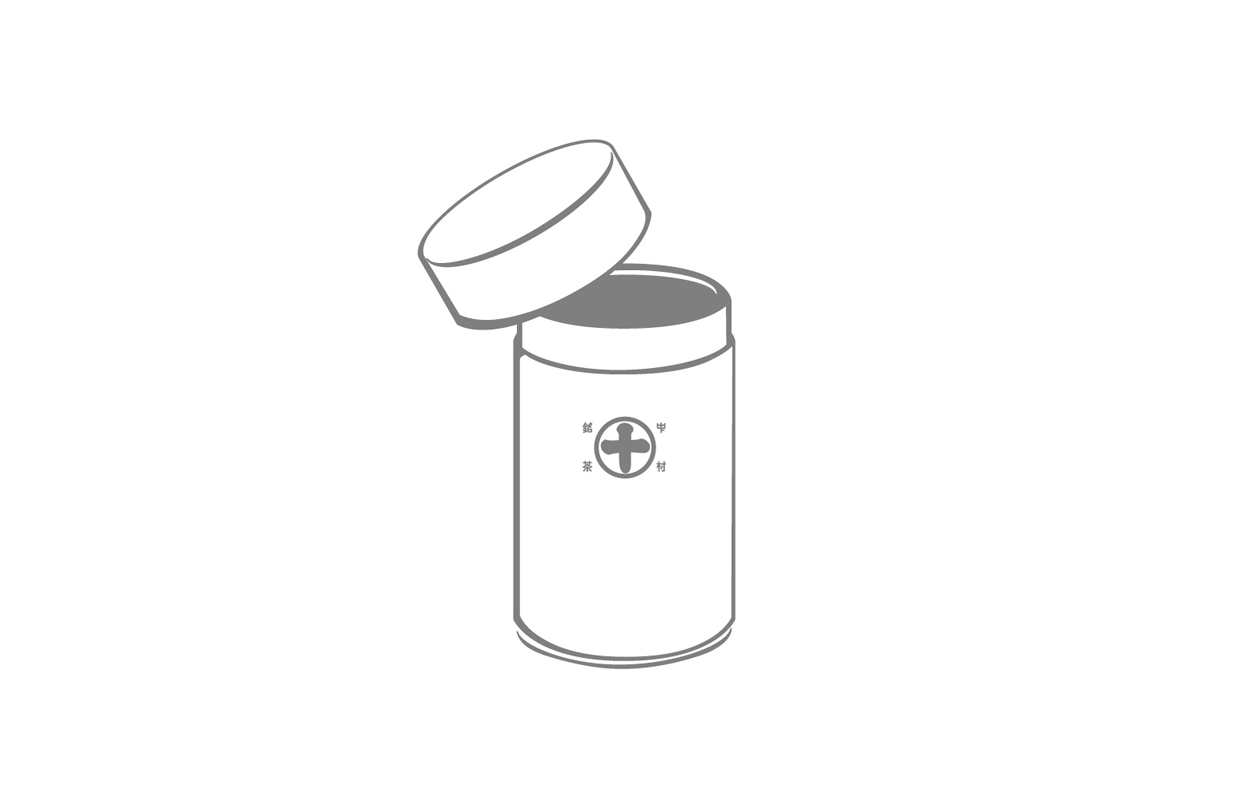
how to store
Here are some tips to keep your tea fresh and enjoy it to the fullest.



